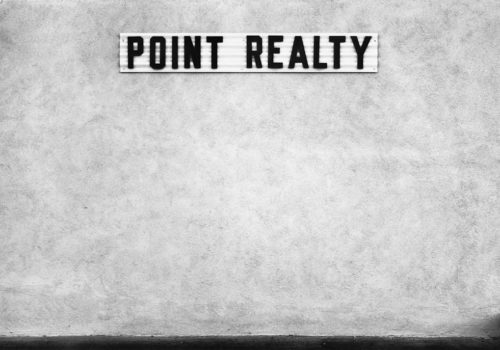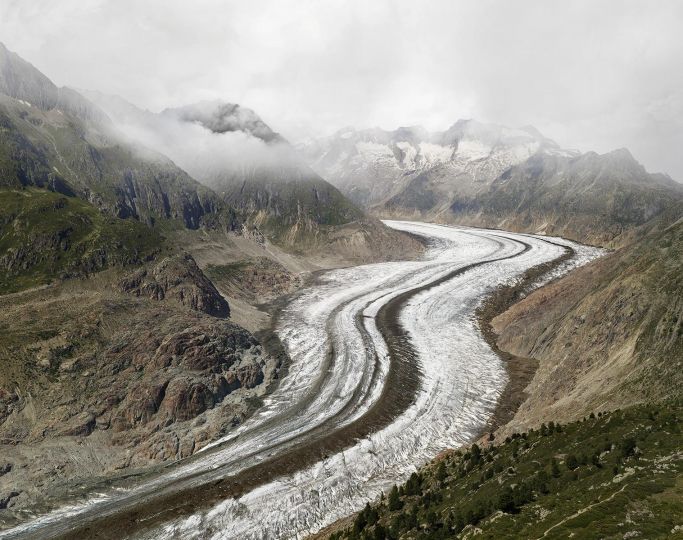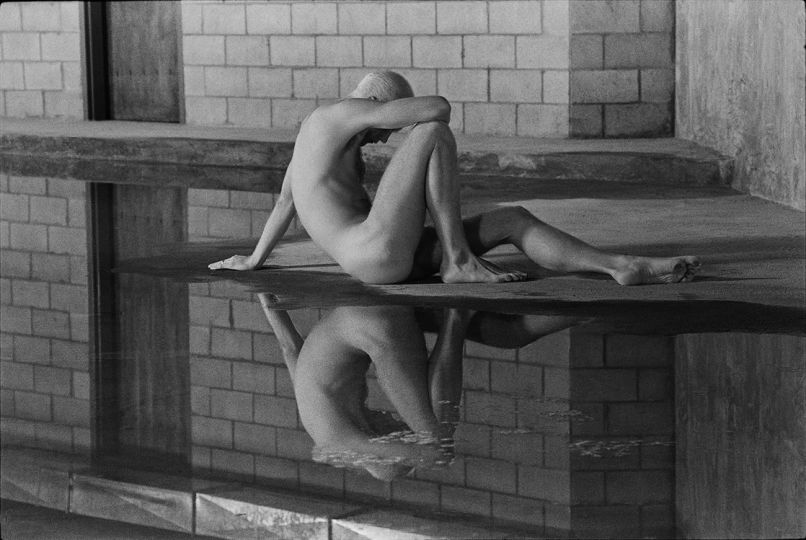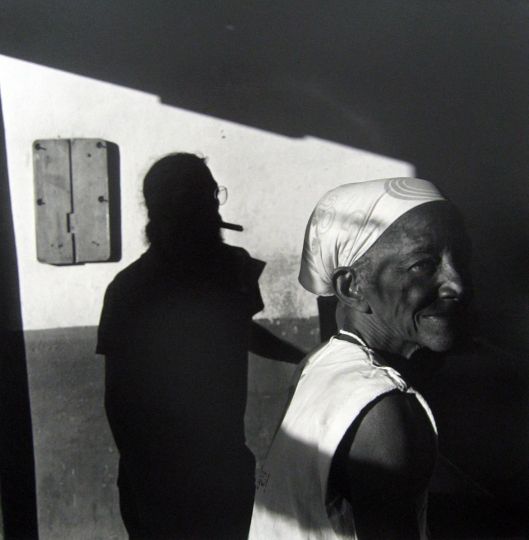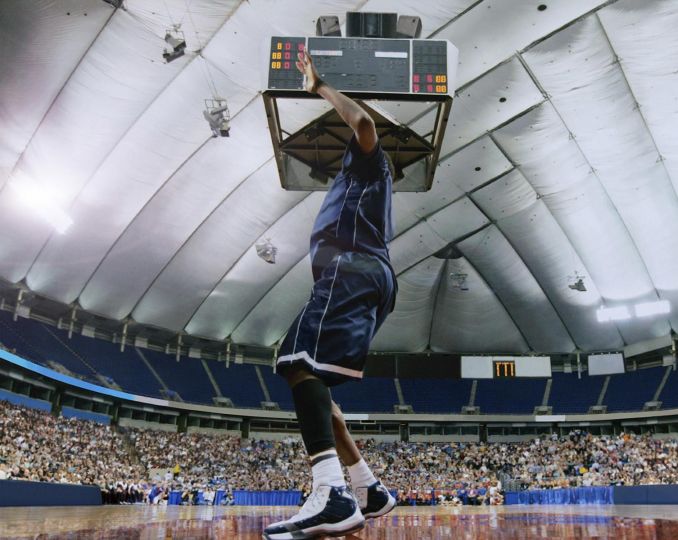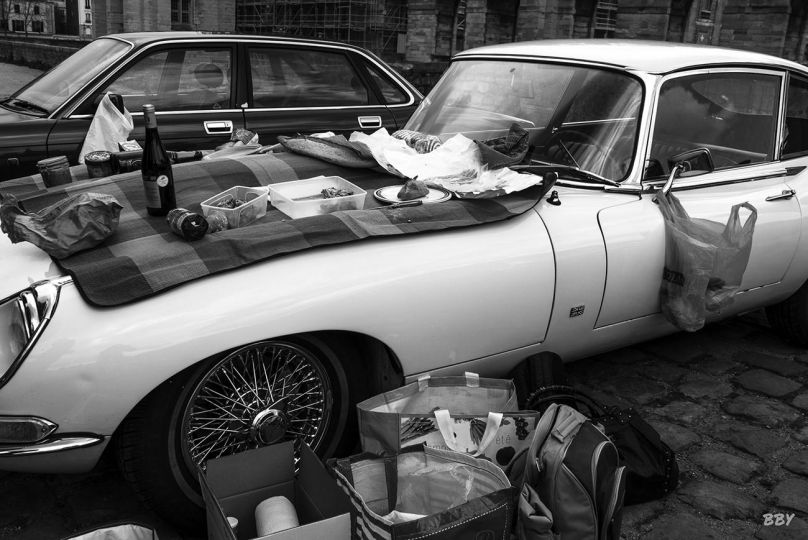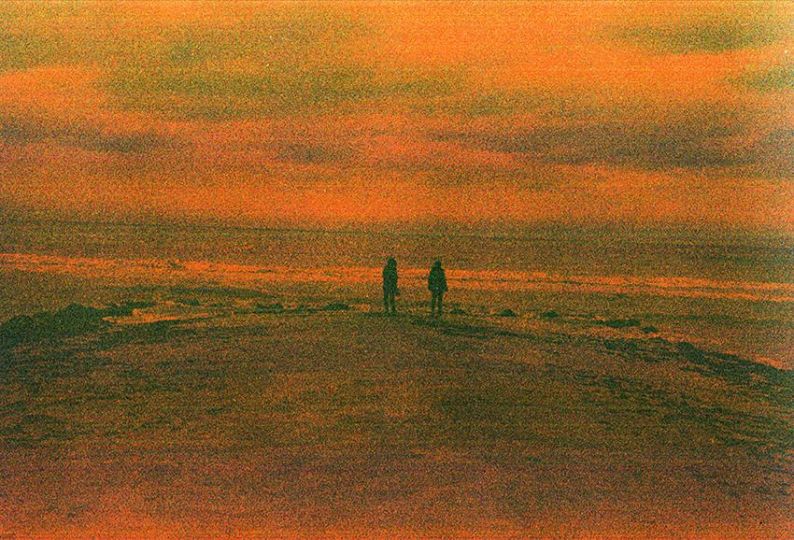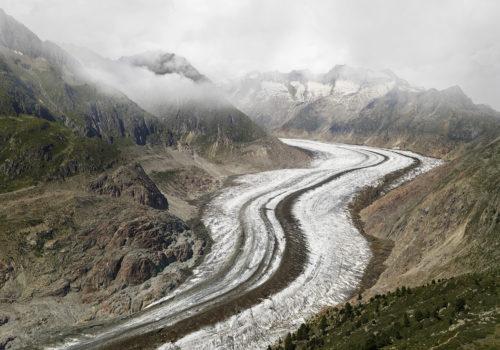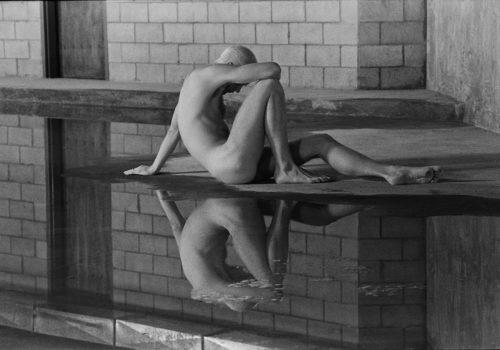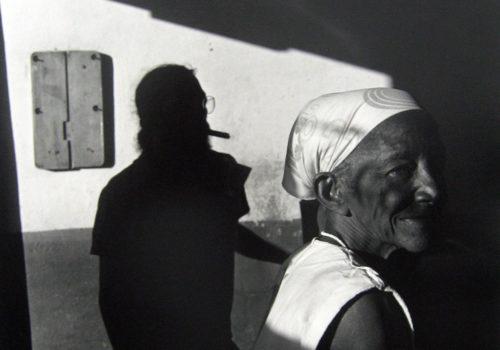Born in 1945 at Newport Beach (California), Lewis Baltz belongs to the same generation of artists as Jan Dibbets, Douglas Huebler and Bruce Nauman – artists who used photography in the 1960s as an implement for expressing the structural connection between man and his environment. After 1965, Lewis Baltz was one of the first to become interested in the spectacular urbanisation of the West Coast of the United States, the peripheral areas with their warehouses or services, the drab back-lots and tracts of land covered with industrial waste. In 1975, Lewis Baltz took part in the legendary exhibition New Topographics: Photographs of a Man-altered Landscape, at George Eastman House, Rochester, an exhibition that was to have a considerable influence on several generations of photographers.
Lewis Baltz’s oeuvre is thoroughly imbued with avant-garde movements like Minimalism, Land Art, and Pop Art, but films, notably European films, were his greatest source of inspiration. ‘When I was young, there weren’t any contemporary art museums on the West Coast. Warhol wasn’t the icon that he became later. High culture for us was the cinema. We never missed any movie by Hitchcock or Antonioni or Godard.’
In his magisterial installation Ronde de Nuit (1992-1995), Lewis Baltz breezes through the succession of images. Eleven vertical panels appear and disappear in a metaphor of the circle composed of voyeurism, surveillance and spectacle.
EXHIBITION
Lewis Baltz
Common Objects
From May 23rd to August 24th, 2014
Le BAL
6, impasse de la Défense
75018 Paris
France
T: 0033 1 44 70 75 50

